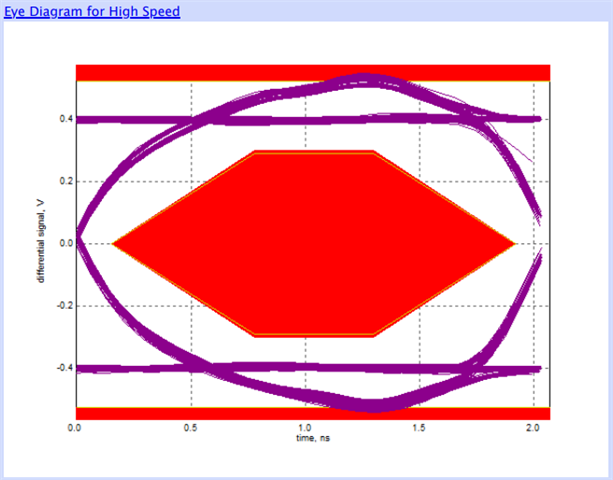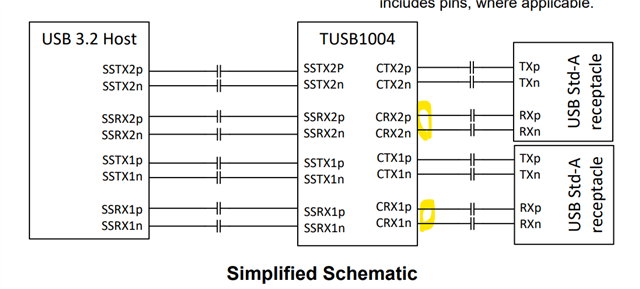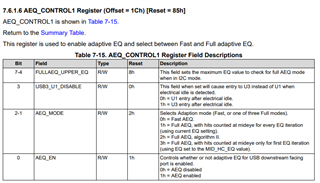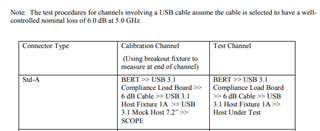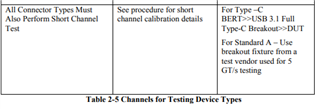Tool/software:
Dear Technical Support Team,
I Failed two test on USB compliance test.
Could you tell me any advice to improve them?
①TD.1.4 Transmitted Eye Test at 10 GT/S
Eye Height (≥70mV and ≤ 1200mV) Fail →Short Channel
max: 1362.27mV 、1418.97mV
min: 518.672、519.687mV
Did the compliance test fail because it exceeded (≤ 1200mV)?
Then should I change the VOD smaller with VOD_CTRL Register (Offset = 32h) [Reset = C0h]?
Otherwise , deemphasis or preshoot?
②Link Layer Test
TD 7.40 Polling Retry Test Fail → The DUT transitions to Rx.Detect after 36ms
→Itseems that when the DUT transitions to Rx.Detect, it should be within 36 ms, but it took 472 ms, so compliance test failed.
Best Regards,
ttd



